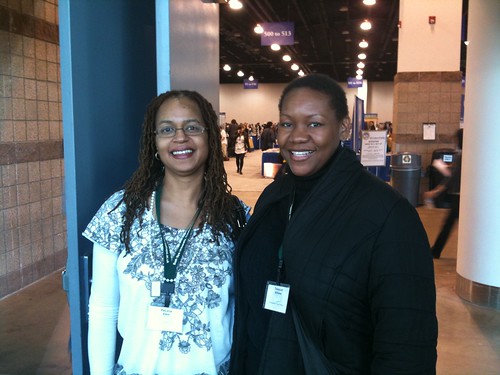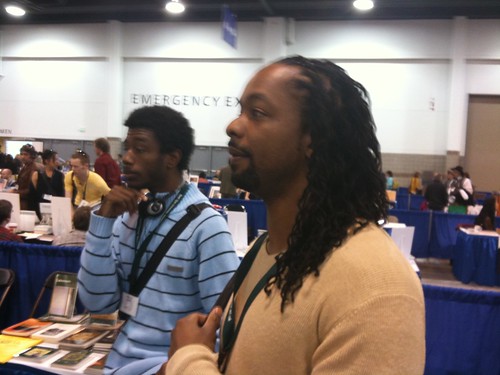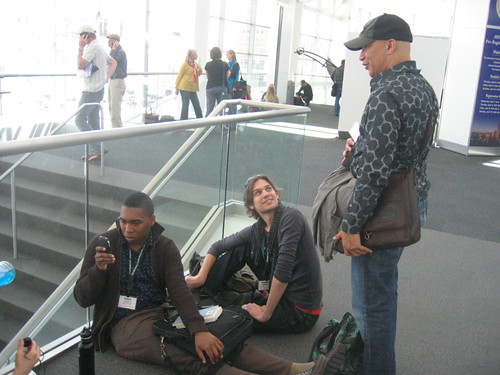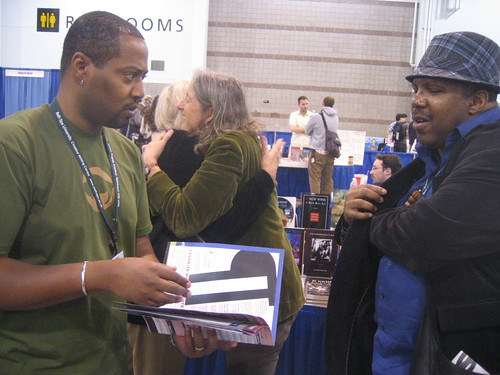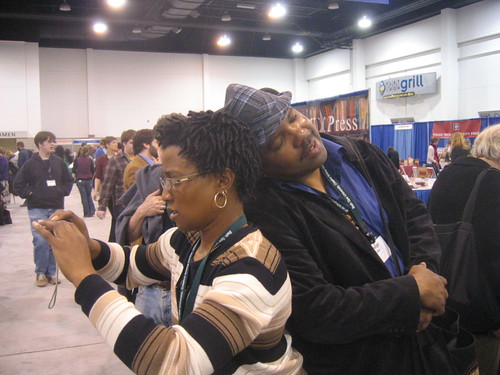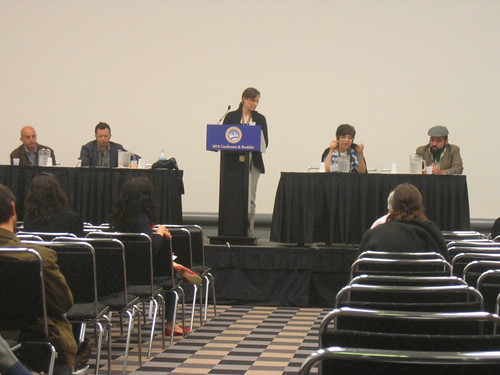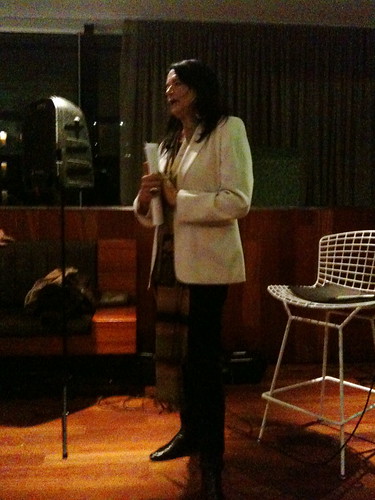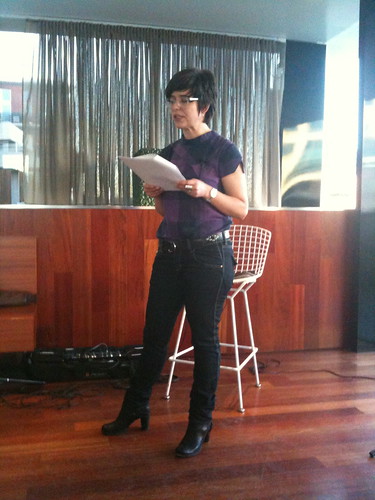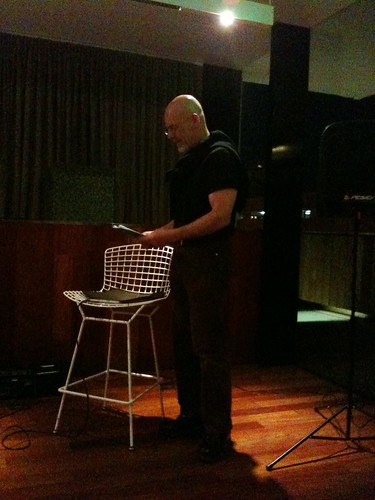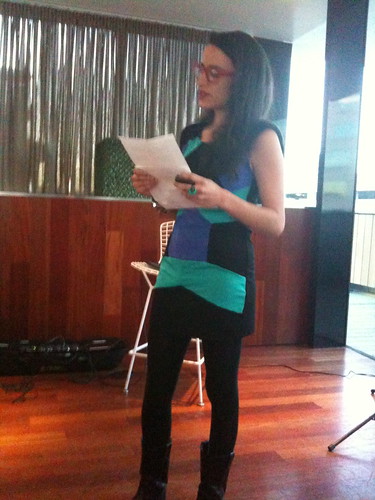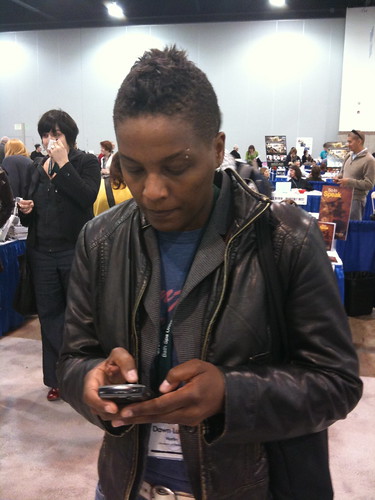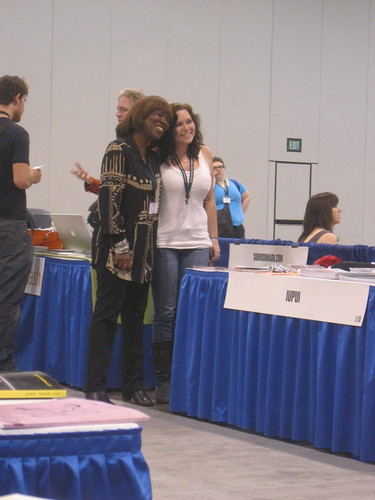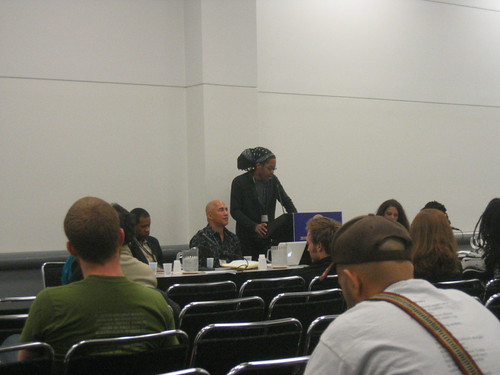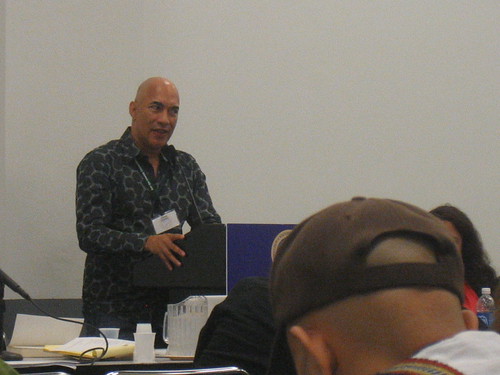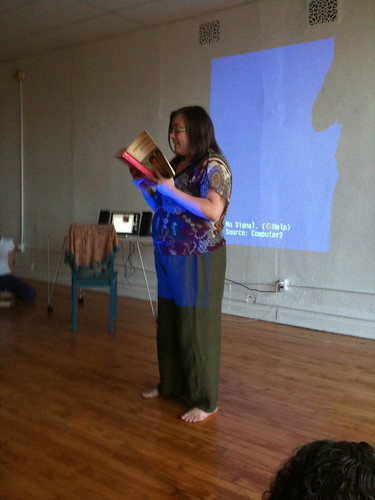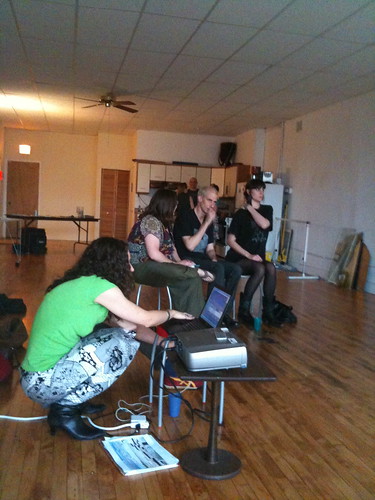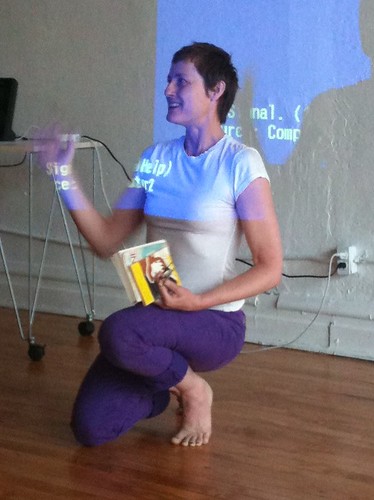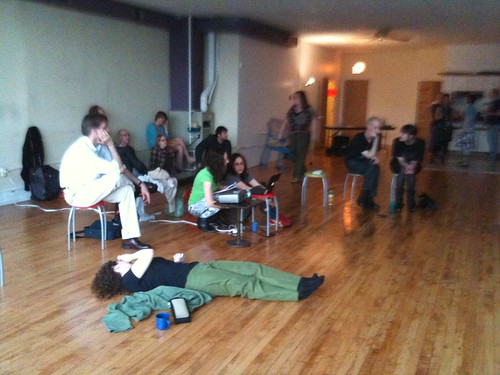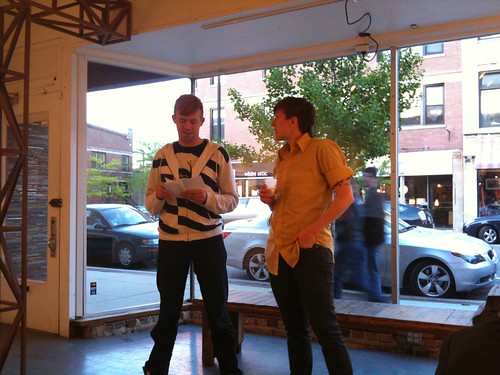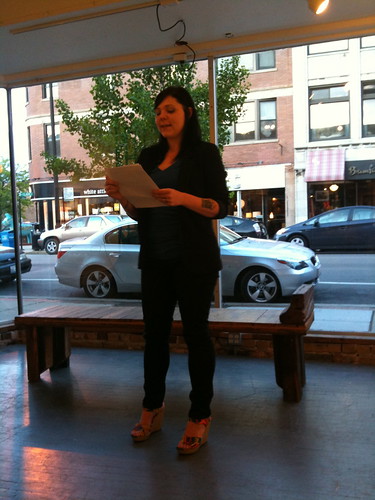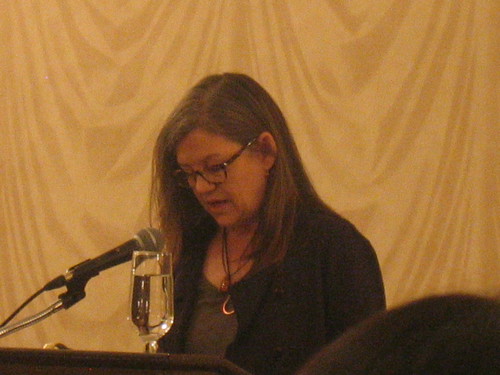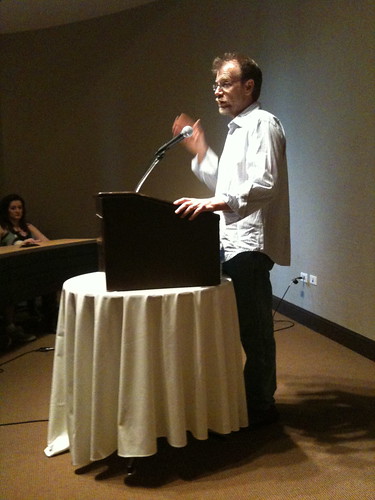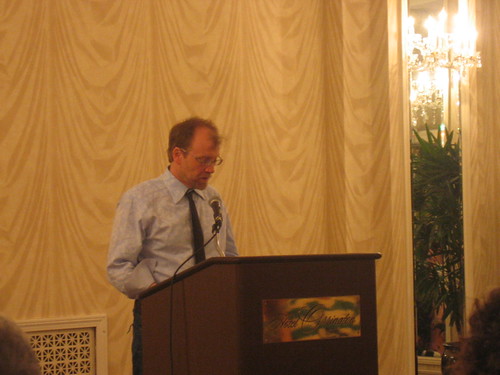 A listing of all the young women and men soldiers who've lost their lives in the Wars in Iraq and Afghanistan (CNN.com: US and Coalition Casualties)
A listing of all the young women and men soldiers who've lost their lives in the Wars in Iraq and Afghanistan (CNN.com: US and Coalition Casualties)A op-chart graphic on the dead and unknown dead in the US's wars, from today's New York Times, by Robert M. Poole and Rumors presents the country's military history in a metaphorically arresting, unforgettable way. (Cf. above, at right, and click on the link for the larger view.)
Finally, here's a Memorial Day post written by veteran and progressive Todd Theise, who's running against Democorporatist Scott Garrett in New Jersey's Fifth Congressional District. (H/t Digby!)
* * *
Memorial Day concerns remembering, memorializing and, to some extent, grieving, which brings me to the lone book not associated with any aspect of my teaching, writing, committee work, or university visitors that I've managed to read over the last 3 months, and it took just an evening: poet and classical scholar Anne Carson's extraordinary new work, which I will not call a book of poetry, though it is a highly poetic book, Nox (New Directions, 2010). The book has been covered extensively around the Net, so I'll describe it in a few words: in the way that only Carson can, the book combines an elegy to her deceased brother (the dedication, to "Michael," is "Nox Frater Nox" (or Night Brother Night), and a record of her translation of a particularly difficult Catullus elegy, Poem 101, "Multas per gentes et multa per aequora vectus." She translates the opening line as "Many the peoples many the oceans I crossed," and the rest of this short poem, a little beyond halfway through the book, surrounding it with a variety of other texts. There's a method that's quickly discernible: on the left pages, she usually (but not always) places lexical entries for each word in the Catullus poem, and on the right side, she features journal entries, snippets of notes to herself, very brief poems, visual images by and of herself, and sometimes of her brother, her own artworks, or any of these elements in collaged combination.
In and of themselves, these aspects of the book, especially by a writer of genius like Carson, would make for a worthwhile read, but the real showstopper is the book's physical form. The designer Robert Currie assisted Carson in creating the sort of affordable book-as-art you rarely see today (and sadly, especially at a time when physical books are facing possible disappearance as digital technologies increasingly dominate). The pages are full color, at times nearly convincing you that you're looking at Carson's journals instead of photographs of them, and the entire book is printed in accordion fashion, as the photos below show, and then placed in a gray oystershell box, which serves as a perfect bed for the reader to flip through it and enjoy it. You can lift it out of its box, of course, like an oyster, and it expands like a bellows, but having handled it a bit, it works fine either way. For weeks, as the pressure to get through mounds of fiction kept growing, I found myself stopping and examining this work every time I was in the bookstore (always a refuge for me), and eventually, as I was dawdling amid a stack of stories, I picked up a copy. Despite its format, the book falls within the current price range for hardcover books, at $29.95. It reminds me of another remarkable, widely available work, British postmodernist B. S. Johnson's (1933-1973) 1969 novel The Untouchables, which consists of 27 sections held together by a removable wrapper and placed in a similar clamshell box. In the UK Secker and Warburg originally published this work, and Picador published the British reissue in 2008, while New Directions published the US version.




